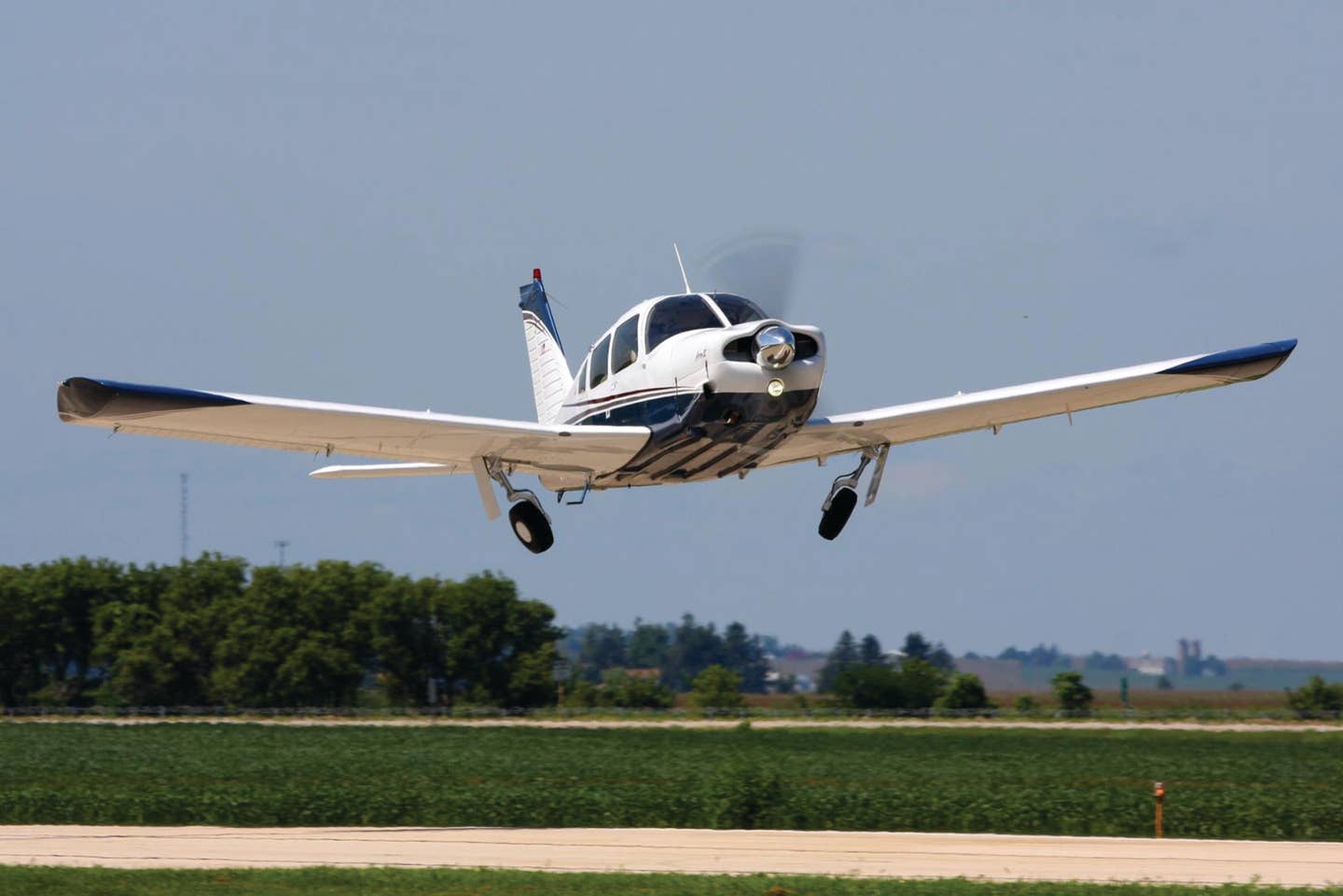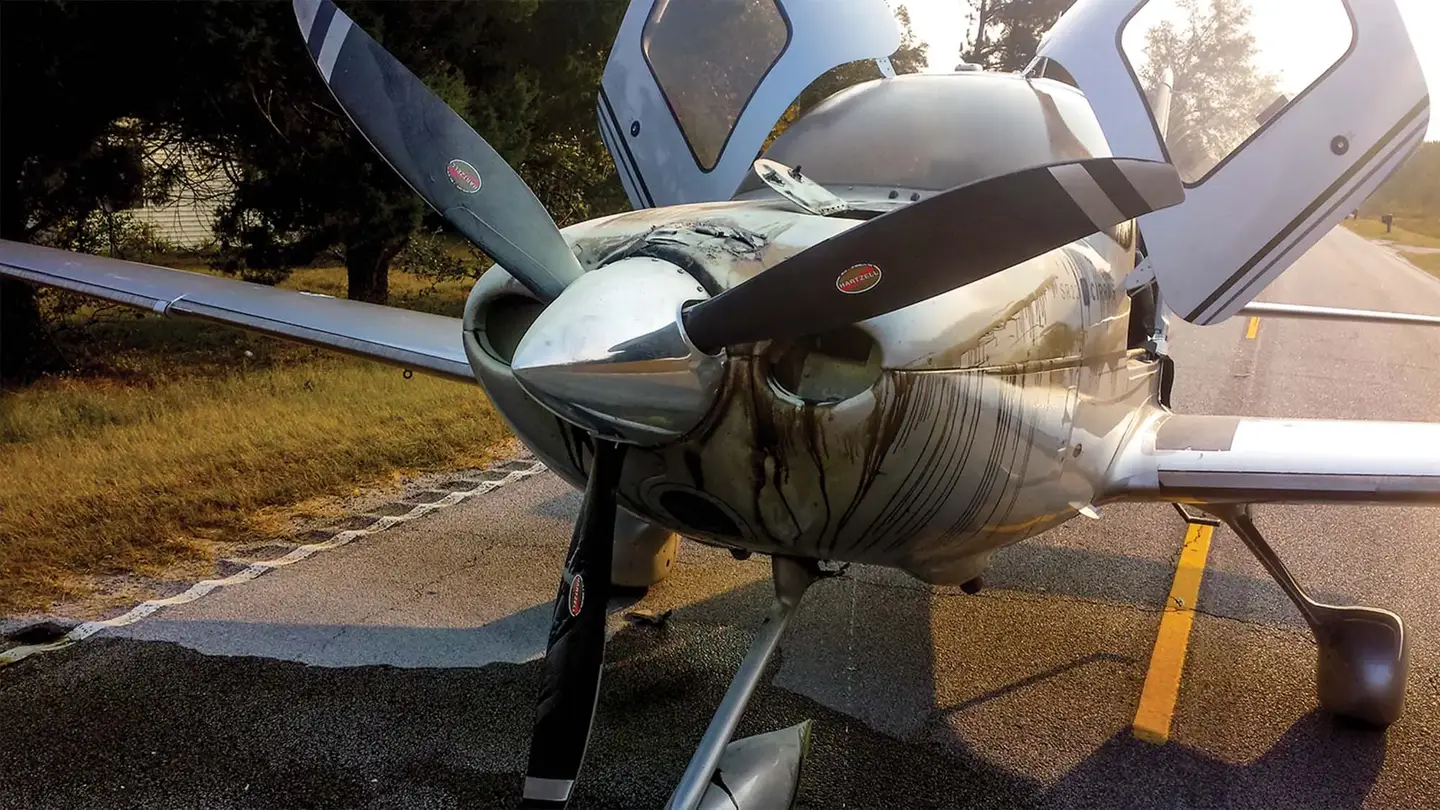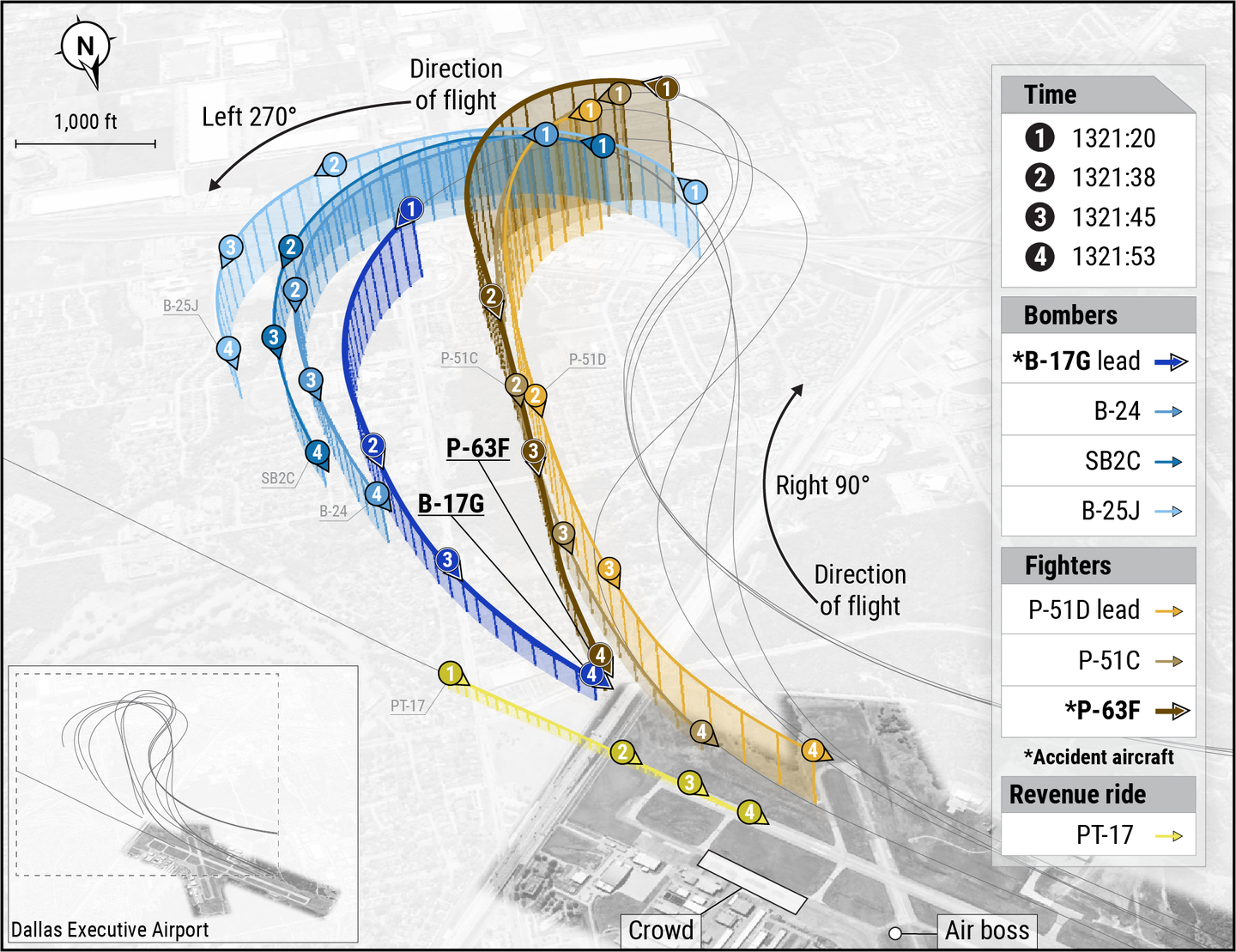Accident Probe: Weather Awareness
During my primary training and for a few years thereafter, weather awareness was drummed into me by pilots and mentors whose opinions I respected. As one consequence, I didn’t fly…

During my primary training and for a few years thereafter, weather awareness was drummed into me by pilots and mentors whose opinions I respected. As one consequence, I didn’t fly many overnight cross-countries when I could get caught by weather, nor did I go “take a look” at poor weather very often. Once I got my instrument rating, though, much of that changed.
My change in habit had little to do with mentors seeking me out to tell me it was okay to go play with poor weather. Instead, it came from the confidence the instrument rating confers along with more experience in assessing weather, both before and during the flight. My central point in relating all that is that a switch somewhere didn’t get flicked and, suddenly, I didn’t worry about weather any more—I always worry about weather (and you should, too).
A few times since earning the IFR ticket, I’ve found myself running scud or launching in marginal VFR to pick up an IFR clearance that wasn’t available on the ground. In those instances, I had at least a Plan B if things didn’t work out, which usually entailed landing back at the departure airport. Anyone who has seriously used a personal airplane for transportation can relate. Also relatable is that peer pressure and a host of other factors can combine to place us in situations we’re not trained for or didn’t expect.
But I’ve always found the continued-VFR-into-IMC accident to be the most easily predicted, most easily avoided and most senseless way to bend an airplane. For one, they’re usually fatal. For another, the information that poor weather is ahead almost always is available before taking off. And finally, turning around to get out of the poor weather—even if it’s only to find a different route—has always seemed to be the smartest move. So I’ve always reacted with some head-scratching to such events. By considering this month’s accident recap, so can you.
Background
On February 12, 2017, at about 1106 Eastern time, a Piper PA28R-200 Arrow II was destroyed when it impacted the Gulf of Mexico about seven miles southeast of Cedar Key, Florida. The private pilot and two passengers were fatally injured. Instrument conditions prevailed in the area. The flight departed Brooksville, Florida, about 30 minutes earlier, with Cedar Key as its destination.
According to GPS data recovered from a handheld device, the airplane flew more or less directly to its destination at about 2400 feet MSL over coastal islands and the Gulf of Mexico. About 20 NM from its destination, the airplane began a gradual descent. Data from the closest available reporting stations and pilot reports indicated that cloud bases decreased in height to the north.
Some three minutes later, the airplane's descent rate increased to about 250 fpm as the airplane continued its northwesterly track. When the airplane was about seven nm from its destination and at an altitude of about 1000 feet MSL, it began a descending left 180-degree turn. During the turn, vertical speed varied and the airplane entered a brief climb before descending at about 2900 fpm. Recorded data ended at an altitude of about 570 feet MSL.
Investigation
The private pilot was not instrument-rated. His logbook totaled some 606 hours total time, including three hours in the 90 days preceding the accident. He had logged a total of 4.6 hours of simulated instrument time, of which the most recent was 0.3 hours, logged six months earlier in the accident airplane. There was no record of the pilot obtaining an official weather briefing.
At 1055, the nearest weather observation reported an overcast ceiling at 400 feet AGL with visibility of 10 miles. Weather advisories for the area warned of instrument conditions at and near the accident site, and at the destination airport.
The airplane was recovered from the Gulf of Mexico. All major components were accounted for except a large section of the left wing, which included the left main landing gear. The engine was separated from the airframe; the propeller spinner was crushed against the hub. Two propeller blades exhibited longitudinal twisting while the third blade was bent aft and exhibited damage consistent with impacting the #2 engine cylinder. Crankshaft continuity was observed to the rear accessory section and valve action was observed at each cylinder. Neither magneto produced spark when rotated by hand but internal examination revealed sand, water and corrosion were present. The vacuum pump remained attached to the engine. Its drive coupling, carbon rotor and carbon vanes were intact.
Probable Cause
The NTSB determined the probable cause(s) of this accident to include: “The non-instrument-rated pilot’s improper decision to continue visual flight rules flight into instrument meteorological conditions, which resulted in spatial disorientation and a loss of airplane control.”
According to the NTSB, “Examination of the wreckage did not reveal any evidence of preimpact mechanical malfunctions that would have precluded normal operation.... No evidence was found indicating that the pilot obtained an official weather briefing before the flight. If he had obtained such a briefing, he would have been told that visual flight rules (VFR) flight was not recommended due to IMC near the destination airport. Given the instrument conditions in the destination area and the pilot’s limited instrument flying experience, it is likely that the pilot attempted to continue VFR flight into IMC, experienced spatial disorientation, and lost control of the airplane.”
This accident has all of the major elements of a VFR-into-IMC episode: A VFR-only pilot, a capable airplane, failure to obtain a weather briefing and low ceilings at the destination. The record shows the pilot apparently realized he was in over his head and attempted a 180-degree turn to get out of the conditions. But he lost control, in part due to his lack of instrument-flight experience.
Some extra time before the flight, spent reviewing weather reports and forecasts, likely would have informed the pilot that he would encounter IMC before reaching his destination. Checking weather for any flight beyond the local area should be any pilot’s standard procedure. But this pilot apparently was unaware of what he was flying into, and wasn’t prepared for the consequences.
Aircraft Profile: Piper PA-28R-200 Arrow II
OEM Engine: Lycoming IO-360-C1C
Empty Weight: 1523 lbs.
Maximum Gross Takeoff Weight: 2650 lbs.
Typical Cruise Speed: 143 KTAS
Standard Fuel Capacity: 50 gallons
Service Ceiling: 15,000 feet
Range: 600 NM
VS0: 56 KIAS
Preventing VFR-Into-IMC Accidents
In a Safety Alert originally published in 2013 and updated in 2015, the NTSB made a series of recommendations to help minimize accidents resulting from poor weather. Some highlights include:
- Obtain an official preflight weather briefing and update that information while en route.
- Don’t allow external pressures such as the fear of disappointing passengers to influence your decision to continue into adverse weather.
- Plan for diversions and brief passengers that weather may force a change in plans.
- Understand your aircraft’s equipment, including avionics, the autopilot and weather information resources.
- Don’t allow a situation to become dangerous before deciding to act.
- Remote areas with limited visual cues can be disorienting.
Jeb Burnside is the editor-in-chief of Aviation Safety magazine. He’s an airline transport pilot who owns a Beechcraft Debonair, plus the expensive half of an Aeronca 7CCM Champ.
This article originally appeared in the February 2020 issue of Aviation Safety magazine.
For more great content like this, subscribe to Aviation Safety!






